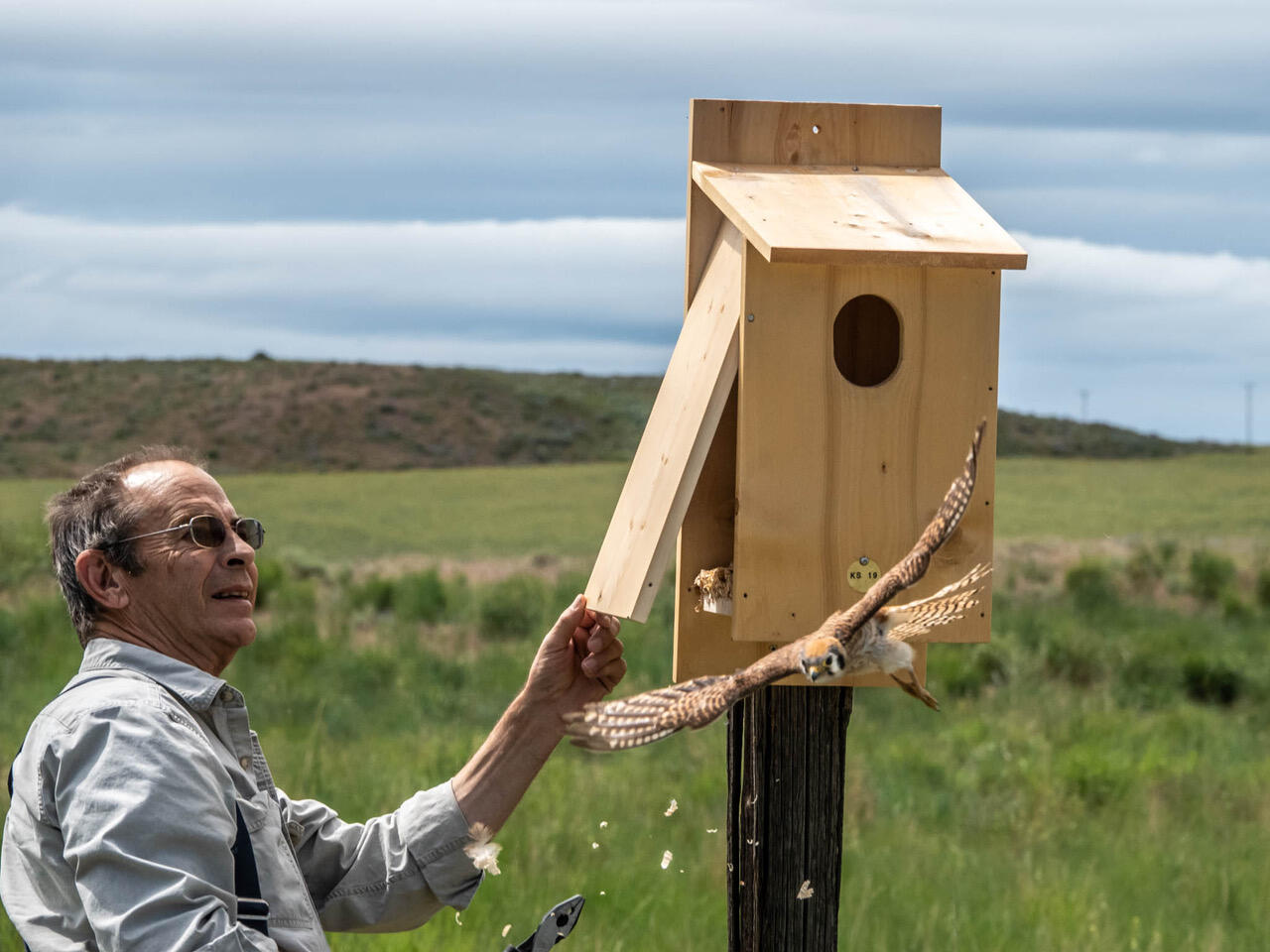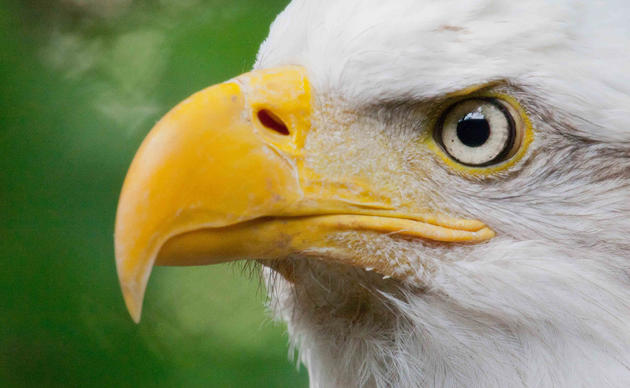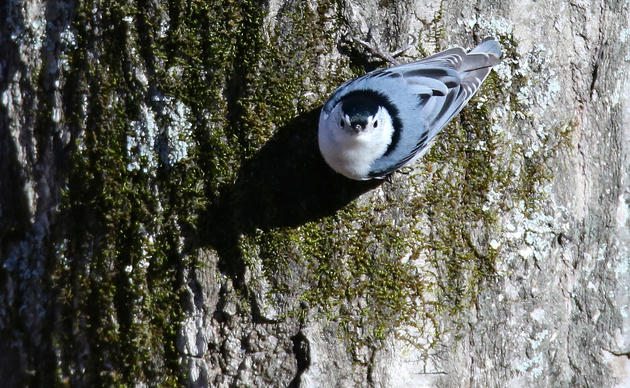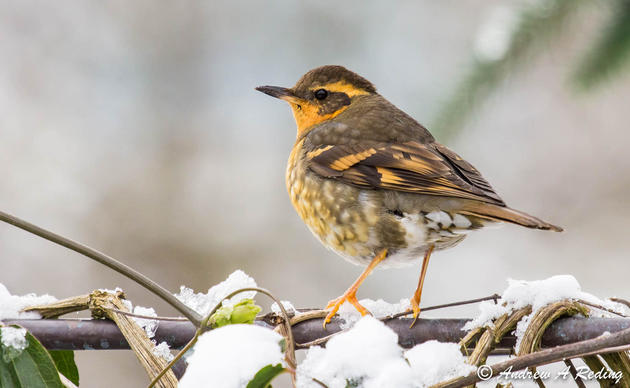In the summer of 2023, the North Central Washington Audubon Society (NCWAS) completed its third season of installing and monitoring American Kestrel boxes around North-central Washington. This project grew out of the work of Richard Hendrick, a local orchard worker, woodworker, and bird enthusiast.
In 1993, Richard joined the Washington Department of Fish and Wildlife (WDFW) as a volunteer working to expand kestrel populations on the Waterville Plateau northeast of Wenatchee. He constructed new boxes, cleaned out and maintained old boxes, monitored production, and banded young kestrels prior to fledging. Eventually, the WDFW project became Richard’s, and by 2020, he had established a network of more than 250 boxes.

In September 2020, the Cold Springs and Pearl Hill fires burned over 400,000 acres of habitat surrounding the nest box project. This immense fire destroyed more than half the boxes (and their supporting structures) in Richard’s network. Many other boxes were unusable due to deterioration over time.
In December 2020, Richard passed away, and his last request was that a way be found to keep raising young kestrels. NCWAS members who knew Richard decided to carry on his legacy, and, in the spring of 2021, gathered together volunteers to construct, install, repair, replace, and monitor many of the boxes Richard had installed. NCWAS has continued this effort, and also expanded Richard’s network of boxes into new areas. Over three years of monitoring, NCWAS volunteers have gathered baseline data on productivity and population trends to aid future kestrel conservation work.
The results from monitoring in the 2023 breeding season illustrate the project’s resounding success:
- The number of boxes monitored increased by 20%, from 156 in 2022 to 187 in 2023.
- 37 volunteers conducted 905 box visits, from March 14 to August 14, averaging 4.8 visits/box.
- 382 birds fledged, a 54% increase over 247 birds fledged in 2022.
- Almost half (47%) of the boxes fledged one or more young, an increase from 37% in 2022.
NCWAS plans to sustain the project in future years, installing new boxes to continue expanding the network and gathering data to help conserve these beautiful birds.




